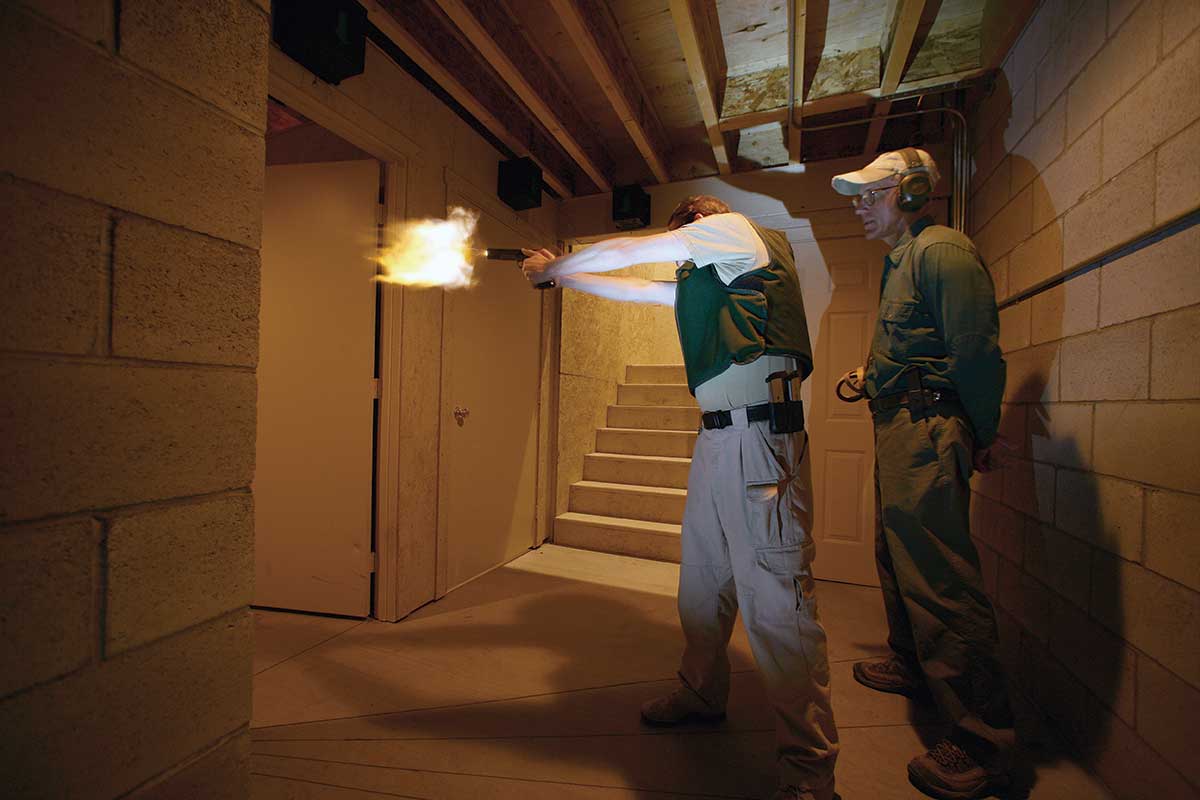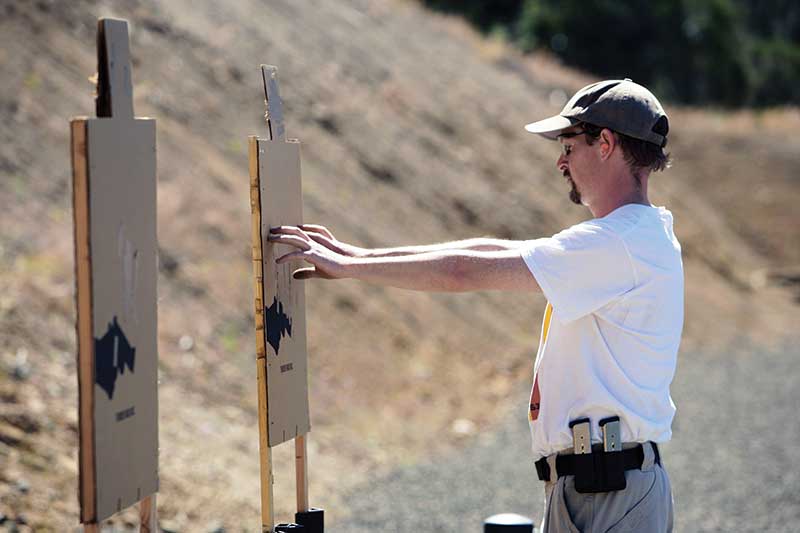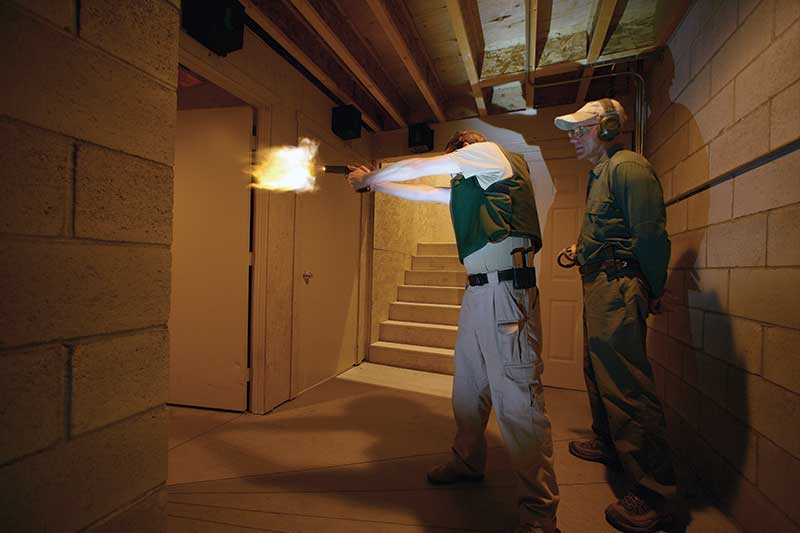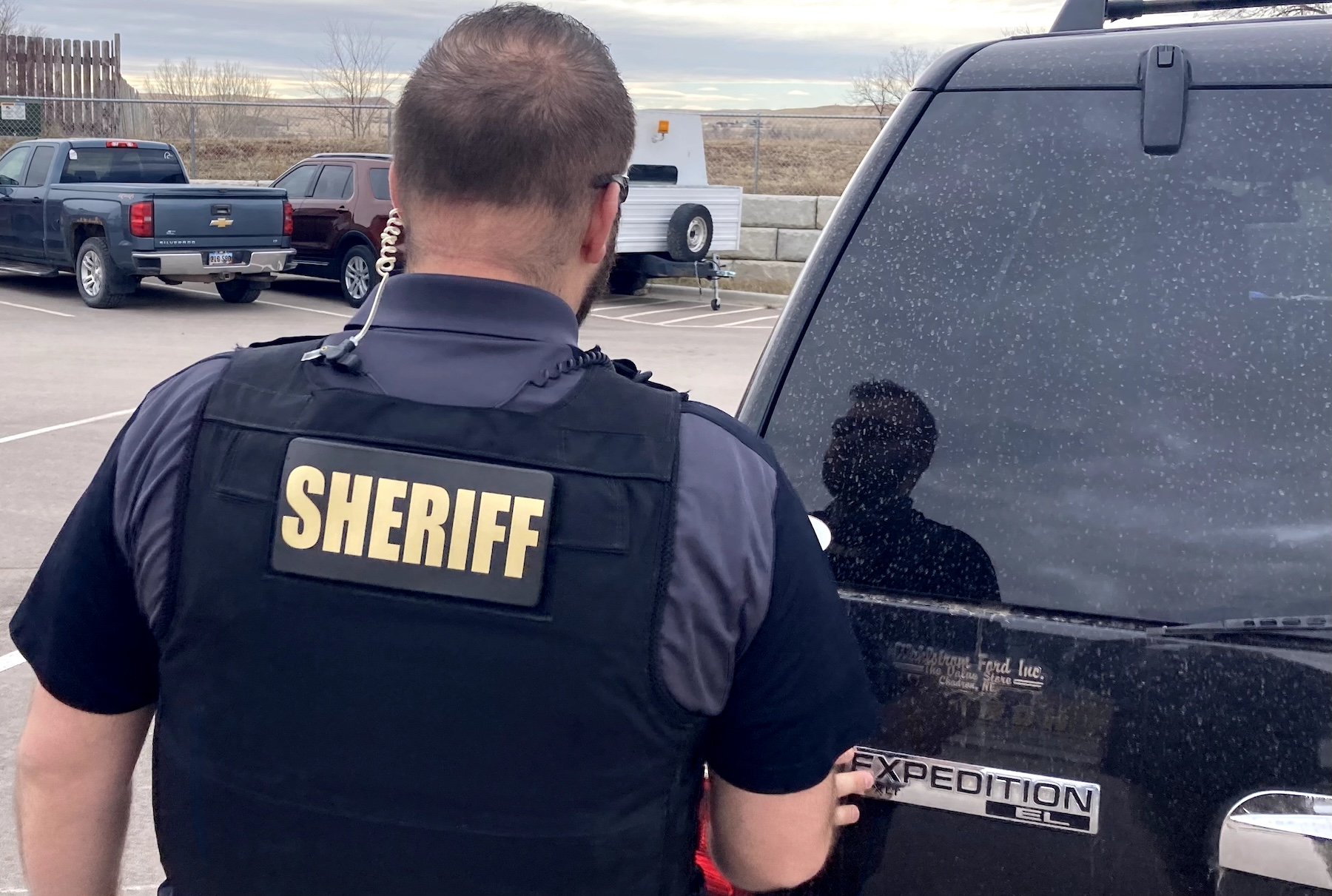
ACND11-Tier-3_2-800
In military jargon, Tier 1 or Tier 2 often designates the degree of funding a unit receives. The tier number also decides where these people fit in the big picture of real-world application. If the Army has a very qualified unit comprised of the finest of all troops, it would then be the best of the best, or Tier 1. It would receive the most funding, the highest-quality equipment and best training. Law enforcement might call a similar unit their SWAT team.
Don’t you think we should try to get training for everyone to some degree, regard-less of their tier level? It appears the problem isn’t going to be the excessive numbers of cops hired by your department in the next five years, or your department has too much funding, or your job will become easier in the coming years. Maybe we should step up to the training plate then.
I’ve heard cops whine about a lack of “firepower” all my life. You mean, like the Waco, Texas gig a few years back? What I saw was “our side” (speaking loosely) had a tank. Bluntly, some cops need to quit being whiners. As a kid, my dad, a 25-year street cop had it right when he said, “ If you don’t like what the other guy does, carry more guns!” Often, the statement the other side “has more firepower” actually means the other side shoots better!
To be fair, the “other side” also often shoots by pre-determination. They know they’re the bad guy when you stop them, they know they have a gun hidden, they know they will shoot you if they can, and they know you have rules — and they don’t. But none of this makes them a better shot. They shoot at close range and from surprise, if they can. Wouldn’t you?

Most gunfights are at virtually contact distance. When was the last time you fi red your duty gun at finger-point distance?
WHINING?
Rather than whining, maybe we should simply train better. The generic threat/fight stays pretty much the same from generation to generation for the police. The range to target, the element of surprise on the part of the attacker and the fact they use guns remains consistent. They will ambush if they can, bring a bigger gun to the fight; fight times and ranges will be short. So, you have to hit the target, fast. Hits on the threat don’t necessarily mean you’ll win — it just means you might get a change in the scenario, and change is good.
What was the course of fi re in your last department shoot? What did it represent in relationship to fighting with fi rearms? At what part of a theoretical representation of a threat target did you shoot at? Open the front of a gun magazine and find the ad for a $200 chest-mounted magazine pouch with armor (sold to anyone), which will defeat every handgun carried by any cop reading this magazine. Maybe you need to change how you train. And so you know, I don’t care what the armor company sells or to whom (aren’t home owners allowed to defend themselves too?), the issue is what you do to address the problem.
Look at any records of LEO shootings you can find; document the range be- tween the officers and the threat, then go to the fi ring range and replicate the distance. The actual marksmanship issues are most often not the problem. Silly things like the fact some officers still think they can point-shoot at a threat and hit it. And even sillier — people teach it. The “target is so close I can’t miss” thought process. How about instead: They’re so close I’d better not miss!
If given Tier 1-type training, why wouldn’t “regular” cops rise to the occasion? Most would and would welcome the opportunity. And if they aren’t trained, they’ll simply rise to the level of their training — which would be nothing. Imagine having nothing to fall back on in an emergency.

Stress is good. Live fire inside, with muzzle blast, noise and darkness prepares them for the worst. Give your cops the Tier 1 training they deserve.
FIX IT
Sure, do whatever your state’s police officer certification agency says you need to do, but make it better. Change the targets, make them bigger, smaller, laying on their side, partial, covered in old T-shirts, multiple targets, shoot multiple zones of a human’s natural armor, angled, close, far and moving! Make the cops think, and give them the tools to do it. Check out the “Bad Guys Don’t Come With Scoring Rings” article in this issue for ideas.
Shoot close, in weapon-retention mode, from ready, from the holster, under a car, around a car, odd positions, in uniforms so clothes get dirty and cops don’t hesitate to get down. Shoot 1-handed, 2-handed, strong-hand, opposite-handed, shoot guns other than our guns so you become students of weapon-craft. Make them use a “pick-up” gun on the ground they know nothing about. Make then think!
Remember, as LEOs, bad shots and bad tacticians are like drunk drivers — they generally get other people killed. Don’t be a damn, Tier 2 drunk. Please.
For several years, we’ve helped with training our local LEOs three to four times per year. The officers shoot at least 150 rounds of pistol and 50 rounds of rifle per secession. The blocks include individual and team tactics, drawing officers from each agency to work, train, plan and think together. It’s a simple process, and the training is working for them. It would work for you too.















